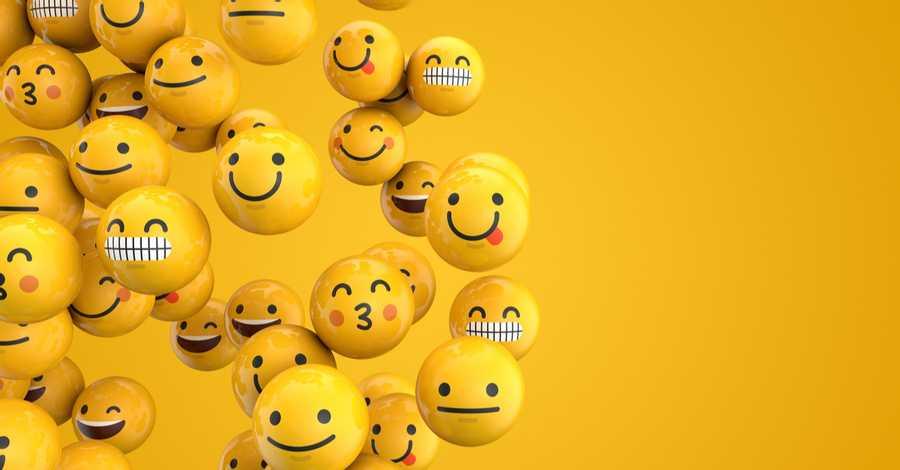The start of emojis
A Japanese artist created the first emoji back in 1999. Before that, emoticons used a standard text pictographically.
The smiley face got a major lift with smartphones, where the Unicode Consortium began adding thousands of new emojis to its catalogue.
43
503 reads
CURATED FROM
IDEAS CURATED BY
The idea is part of this collection:
Learn more about communication with this collection
How to prioritize and simplify your life
The importance of rest and relaxation
The benefits of slowing down
Related collections
Similar ideas to The start of emojis
A Brief History Of Emojis
- In 1999, a simple pictogram listing of 176 icons was invented by a Japanese interface designer, Shigetaka Kurita, for a phone company. The pictograms became a huge hit in Japan, prompting their use across the world.
- The universal body overseeing emojis, the Unicode Con...
The Start Of Online Shopping
While online shopping was huge enough before 2020, it has become truly mainstream due to the push provided by the pandemic.
- It started in Gateshead, England, when an old lady used the Videotex system, an interactive computer terminal connected to the TV, to order for groceri...
History of the Nasdaq
- The Nasdaq was created in 1971 by the National Association of Securities Dealers (now known as FINRA).
- At first, it was just a quotation system but began adding trading and transactional systems.
- In 2002, Nasdaq became an independent, publicly-traded comp...
Read & Learn
20x Faster
without
deepstash
with
deepstash
with
deepstash
Personalized microlearning
—
100+ Learning Journeys
—
Access to 200,000+ ideas
—
Access to the mobile app
—
Unlimited idea saving
—
—
Unlimited history
—
—
Unlimited listening to ideas
—
—
Downloading & offline access
—
—
Supercharge your mind with one idea per day
Enter your email and spend 1 minute every day to learn something new.
I agree to receive email updates

